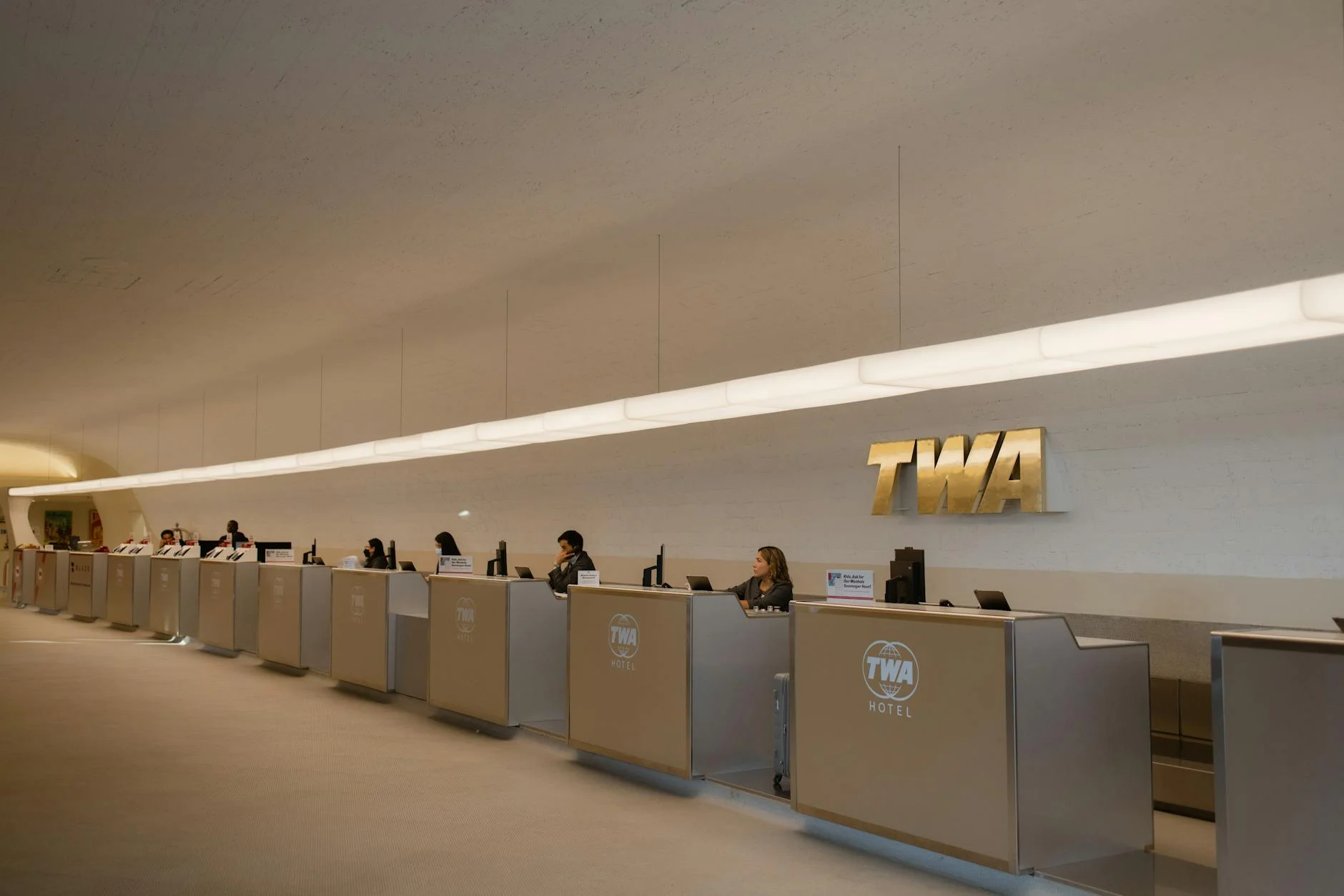What shapes a traveler’s first impression? It may not be the grand architecture, the warm smiles of airport staff, or the dazzling retail displays. For many international visitors arriving in Japan, it is something far more subtle: the restroom. One traveler recounted being struck not by language barriers or cultural signage, but by the impeccable state of the airport lavatory. In that moment, they encountered a deeper cultural truth.
Japan’s airport restrooms are globally renowned for their immaculate standards. In many terminals, one finds an extraordinary level of cleanliness: toilet areas completely spotless, toilet seats dry and pristine, not a single drop of water on the floor. Even the mirrors and sinks are polished to near perfection—each space carefully maintained to ensure an uplifting, seamless experience for all who pass through.
Behind this extraordinary cleanliness lies an intricate network of operational precision and human attention. At Japan’s international airports, restrooms are not only cleaned regularly—they are inspected with a frequency that reflects meticulous planning. In terminals with high passenger traffic, restrooms may be serviced as often as every 30 to 60 minutes. This unwavering commitment to maintenance is what ensures the space remains consistently pristine.
For many international travelers, the restroom itself becomes a source of cultural revelation. Japan’s signature innovation—the warm water bidet—is often encountered for the first time here. With the simple press of a button, visitors experience advanced hygiene features once reserved for luxury accommodations. Automated seat lifts, built-in deodorizers, and heated toilet seats all contribute to a level of comfort more commonly associated with five-star hotels than with international transport hubs.
Attention to privacy is equally meticulous. Sound-masking devices, clearly marked occupancy indicators, and fully enclosed stalls from floor to ceiling all contribute to a heightened sense of personal space and discretion. These thoughtful design elements transform a utilitarian facility into an environment that feels secure and dignified.
The wash area further exemplifies this ethos of refinement. Beyond automatic faucets, guests find hygienic amenities such as touchless soap dispensers, designated drip zones for drying hands, and a choice between jet dryers and paper towels—all configured to meet a diverse range of preferences. In response to contemporary demands for sustainability and health safety, contactless technology has been rapidly adopted, reflecting a forward-thinking commitment to both functionality and well-being.
Yet, the attentiveness found in Japanese airport restrooms extends far beyond physical infrastructure. Multilingual signage ensures navigability for international travelers, while features such as braille instructions, well-equipped nursing rooms, and widely accessible universal restrooms reflect an inclusive design philosophy. Notably, a high adoption rate of facilities for ostomates illustrates Japan’s commitment to accommodating elderly and differently abled individuals with dignity and care.
Underlying these advancements is a cultural ethos deeply rooted in aesthetics and empathy within public spaces. In Japan, the simple act of lightly tidying a restroom after use—done not out of obligation but as a gesture of respect for the next guest—is not uncommon. This shared responsibility for cleanliness, embraced not only by professional staff but by the users themselves, often leaves an indelible impression on international visitors.
Additionally, the design sensibilities curated by airport operators themselves further enhance the overall experience. At one notable airport, traditional Japanese motifs are seamlessly integrated into restroom interiors—featuring intricately patterned tiles and ambient lighting inspired by seasonal florals. These details elevate the space far beyond utilitarian function, transforming it into an immersive aesthetic experience. It’s not uncommon to see travelers visibly relax the moment they step into such artfully curated environments—spaces that feel more akin to an elegant gallery than a public facility.

Moreover, a quiet yet meaningful competition has emerged among airports across Japan—each striving to elevate restroom aesthetics and functionality. Driven by internal audits and traveler feedback, continual enhancements have become a hallmark of airport operations. Research has even shown that restroom satisfaction significantly shapes a visitor’s overall perception of the airport, making it a strategic focus area for terminal management.
Since the global shift in hygiene awareness brought on by the pandemic, Japan’s airport restrooms have garnered even more acclaim. Advanced systems such as automated flushing, touchless sanitation, and ambient disinfection technologies are now commonplace—adding layers of reassurance to the already renowned cleanliness. It’s no surprise that an increasing number of international travelers now make their first stop in Japan not at a boutique or café, but at the restroom—seeking a quiet moment of order and care.
Such restroom culture serves as a quiet yet profound reflection of Japan’s deep-rooted commitment to consideration for others and its refined aesthetic in public spaces. Even without a shared language, the thoughtful atmosphere conveyed through design leaves a lasting impression on international visitors. It becomes a memory as indelible as touring scenic landmarks or savoring world-class cuisine—an emotional imprint of Japan that endures long after the journey ends.
Few countries find their airport restrooms spoken of with such admiration. Yet, therein lies a subtle but essential expression of Japanese culture—graceful, understated, and deeply human.




